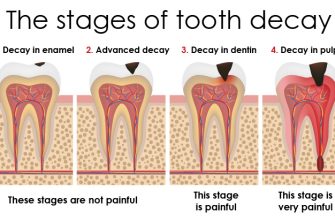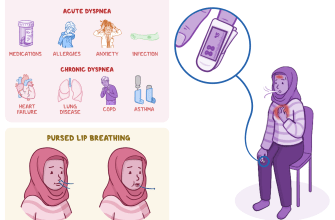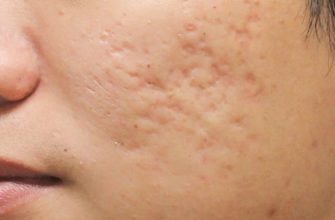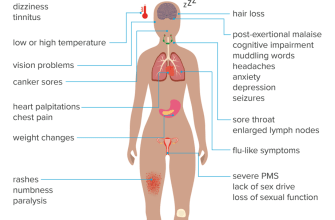Corneal clouding, also known as cloudy cornea or corneal opacity, is a condition that affects the clarity of the cornea, the transparent front part of the eye. This condition can lead to vision impairment and is often associated with various corneal disorders such as corneal dystrophy and corneal haze. Understanding the causes and treatment options for corneal clouding is crucial for maintaining good eye health and addressing this potentially debilitating eye condition.
Causes of Corneal Clouding
Corneal clouding can be caused by a variety of factors, including:
- Corneal Dystrophy: Corneal dystrophy refers to a group of genetic disorders that cause abnormal deposits to accumulate in the cornea, leading to clouding and vision problems.
- Corneal Infections: Infections of the cornea, such as bacterial, viral, or fungal infections, can cause inflammation and scarring, resulting in corneal clouding.
- Corneal Trauma: Physical injuries to the cornea, such as scratches or burns, can disrupt the normal structure of the cornea and lead to clouding.
- Corneal Degeneration: Age-related changes in the cornea can cause it to become less transparent, resulting in corneal clouding.
- Other Eye Conditions: Certain eye conditions, such as keratoconus or glaucoma, can contribute to corneal clouding.
Treatment Options for Corneal Clouding
The treatment options for corneal clouding depend on the underlying cause and severity of the condition. Here are some common treatment approaches:
Medication
In cases where corneal clouding is caused by an infection or inflammation, medications such as antibiotics, antivirals, or anti-inflammatory drugs may be prescribed. These medications aim to treat the underlying cause and reduce corneal clouding.
Corneal Transplant
In severe cases of corneal clouding that cannot be effectively treated with medication, a corneal transplant may be necessary. During this procedure, the cloudy cornea is replaced with a clear cornea from a donor. Corneal transplants have a high success rate and can significantly improve vision in individuals with corneal clouding.
Phototherapeutic Keratectomy (PTK)
PTK is a laser-based surgical procedure that can be used to treat corneal clouding caused by corneal dystrophy or superficial corneal scars. The laser is used to remove the cloudy or scarred tissue, allowing for the growth of a new, clearer cornea.
Intacs
Intacs are small, crescent-shaped devices that are surgically inserted into the cornea to reshape it and improve vision. They can be used to treat corneal clouding caused by conditions such as keratoconus.
Corneal Cross-Linking
Corneal cross-linking is a procedure that involves applying riboflavin (vitamin B2) eye drops to the cornea and then exposing it to ultraviolet light. This treatment can help strengthen the cornea and slow down the progression of corneal clouding in conditions such as keratoconus.
Prevention and Management
While not all causes of corneal clouding can be prevented, there are steps individuals can take to maintain good eye health and reduce the risk of developing this condition:
- Protecting the eyes from injury by wearing appropriate eye protection during activities that pose a risk of corneal trauma.
- Practicing good hygiene to reduce the risk of corneal infections.
- Seeking prompt medical attention for any eye infections or injuries to prevent complications that could lead to corneal clouding.
- Regularly visiting an eye care professional for comprehensive eye exams to detect and manage any underlying eye conditions that could contribute to corneal clouding.
It is important to note that the treatment options mentioned above may not be suitable for everyone, and the appropriate course of action should be determined by a qualified eye care professional based on individual circumstances.
In conclusion, corneal clouding is a condition that can significantly impact vision and overall eye health. Understanding the causes and treatment options for corneal clouding is essential for early detection, intervention, and management of this condition. By taking proactive measures to protect and care for the eyes, individuals can reduce the risk of developing corneal clouding and maintain optimal eye health.








